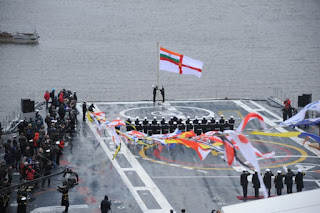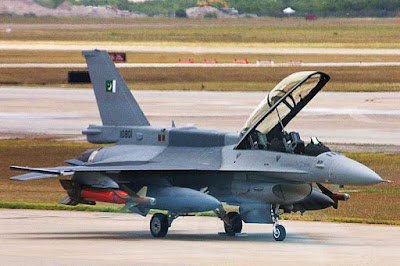The J-20 project has made some significant progress in the past 2 years with the roll out of prototypes 2011 to 2017 to accelerate the flights testing and development of the J-20 aircraft. With the roll out of 2101, what appears to J-20’s first LRIP aircraft, it’s possible that the first batch of J-20s will get delivered to FTTC this year to start the process of expanding flight envelope, testing/evaluating new weapon systems, developing new training procedures and combat tactics for a new aircraft. If FTTC evaluation proceeds well, J-20 may be certified and start entering into service next year. It looks like the project is proceeding a couple of years faster than the original expectations. For this entry, I want to look at how the progress of J-20 vs progress of other fighter jet projects affects regional balance of air power.
To start off, the most obvious threat to PLAAF comes from the vast number of F-35s that will be deployed in the APAC region by America and its allies. Due to defense cutbacks by many Western countries, key American allies in APAC region should not have to wait too long to get their F-35s. If J-20 enters service in the next 2 years, it will enter service extremely underpowered since WS-15 is not yet ready. As a result, I think the initial J-20s will have to carry limited fuel and payload in order to achieve desired flight performance. Until WS-15 does become certified with J-20 sometimes next decade, there are certain missions involving longer range and greater payload that J-20 just cannot perform. USAF and USN’s will have overwhelming qualitative and quantitative advantage in the region against PLAAF in the short term. Even after J-20 enters service in larger numbers later with WS-15, I think USAF and USN’s F-35s will still have both qualitative and quantitative advantage in the region. J-20 probably will have certain advantages over F-35 in flight performance, power and payload, but will definitely be at large disadvantage in stealth, sensors, weapon system and the ability to operate in a network centric environment. Reading Chinese sources, I have often gotten the impression that PLAAF regards F-35 as its biggest threat (even more than F-22) due to F-35’s technical and numerical advantage over what China might field. I don’t think anything from the past couple of years have really changed that.






